Just a bit of fun really; but I’ve been mugging up on the basics of CGI. Things sure have moved on from the days of Muybridge and flip books ! Here’s my first attempt:
Movie made in DAZ Studio 4.6 with Animate2 plug-in.
Just a bit of fun really; but I’ve been mugging up on the basics of CGI. Things sure have moved on from the days of Muybridge and flip books ! Here’s my first attempt:
Movie made in DAZ Studio 4.6 with Animate2 plug-in.
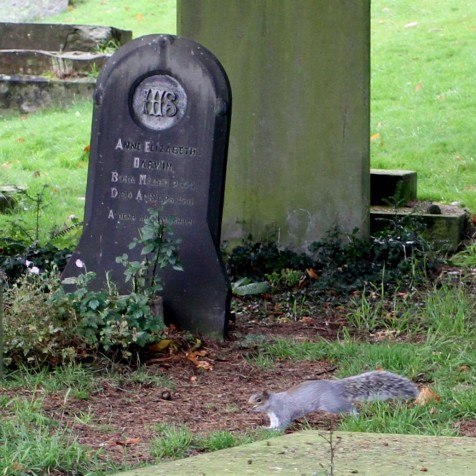
Until last week, I’d only seen the Worcestershire town of Great Malvern from the air. Flying light aircraft in the nineties, one of my favourite sightseeing tours was to head out west from my local airfield near Stratford, turn south over Worcester racecourse towards the Malvern Hills, and watch the sun set over the waters of the Severn estuary.
The ‘Malverns’ are odd. An isolated stretch of peaks, nine miles long and 1394 feet at the highest point. Rising half way up the Eastern side, like a carpet pushed up against a wall, is the town of Great Malvern. In an aeroplane it’s a nice spot to practice steep-banked turns, while distracting your passenger with one of England’s greener and pleasanter views. We mostly got cloud and rain last week – so here’s a view in brighter conditions:
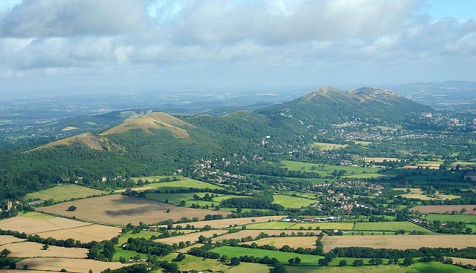
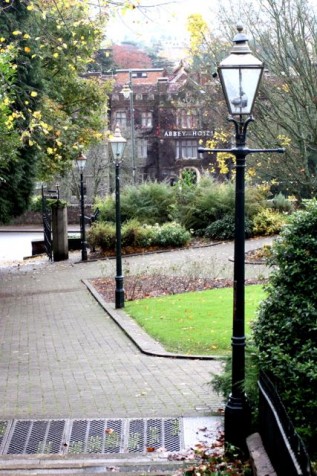
Amongst the famous folk associated with Malvern are C.S.Lewis and J.R.R.Tolkien, whose experiences walking together in the hills, it’s said, fed into their fantasy worlds. For sure, I can see how elves and dwarves might emerge from the cloudy scrumpy cider we sampled at the Unicorn pub – the authors’ favourite after-hike watering hole.
The composer Sir Edward Elgar was a local, and rests with his wife in nearby Little Malvern.
And the private school Malvern College gave many influential political, military, and media people their educational start – including journalist Jeremy Paxman; but not so many scientists or engineers it seems.
That said, it’s a scientist, Charles Darwin, that I associate most strongly with Malvern. A regular visitor from 1849, Darwin made the two-day journey to Malvern to partake of the town’s popular water therapy, hoping it might relieve the chronic vomiting and headaches that plagued him for much of his life (and caused some now think by Chagas’s disease1 contracted on his Beagle voyage to South America). He would later return with his seriously ill daughter Annie.
Ten year old Annie had weakened from scarlet fever over the previous two years, and, with her condition worsening, on 24th March 1851 Darwin made the trip with her to Malvern and Dr James Gully.
Pioneers of hydrotherapy, or hydropathy as they called it, Gully and his colleague James Wilson set up the first of several specialist clinics in the town. Like other spa towns in England, the geographic and economic growth of Malvern was largely driven by the perceived value of its natural waters.


Despite Gully’s efforts, Annie was beyond any water-cure, and Darwin was to leave her in Malvern, permanently, a month later. She died at their lodgings in Montreal House on the Worcester Road, and is buried in the grounds of nearby Great Malvern Priory – literally a stone’s throw from our hotel. Gully described Annie’s condition at death as a “Bilious fever with typhoid character”2; it’s now thought more likely she died from tuberculosis.
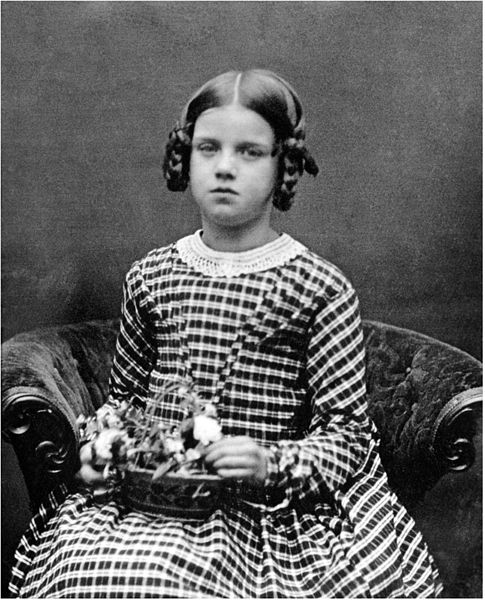

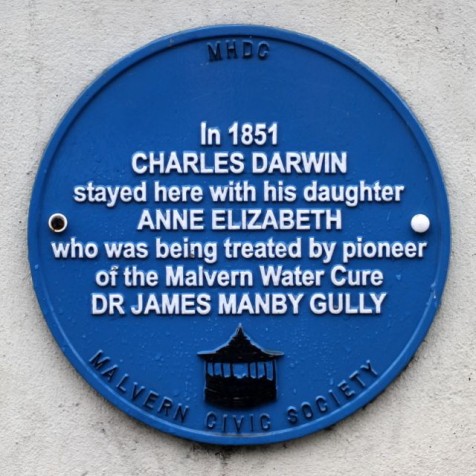

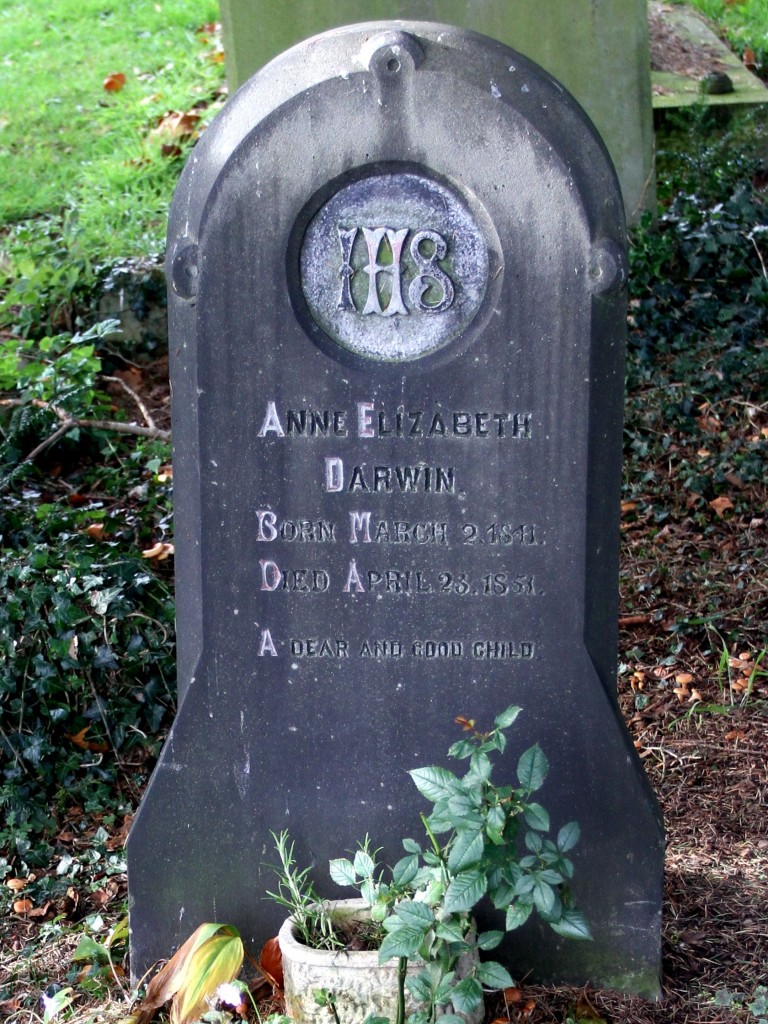
From a modern perspective, Gully’s water treatments were doomed to failure. The enthusiastic Gully might wrap a patient in wet sheets, subject them to heavy douches from above and below, or enroll them for a course of ‘spinal washing’.
The core water treatment might be augmented with anything from hill walks to homeopathy, to clairvoyancey, to what amounted to a light baking under oil lamps. Hydropathy’s enthusiastic adoption and questionable effectiveness groups it with the electrical and magnetic treatments popular with Victorian physicians at the time, eager to apply new insights on nature, however misguided, to human well-being.
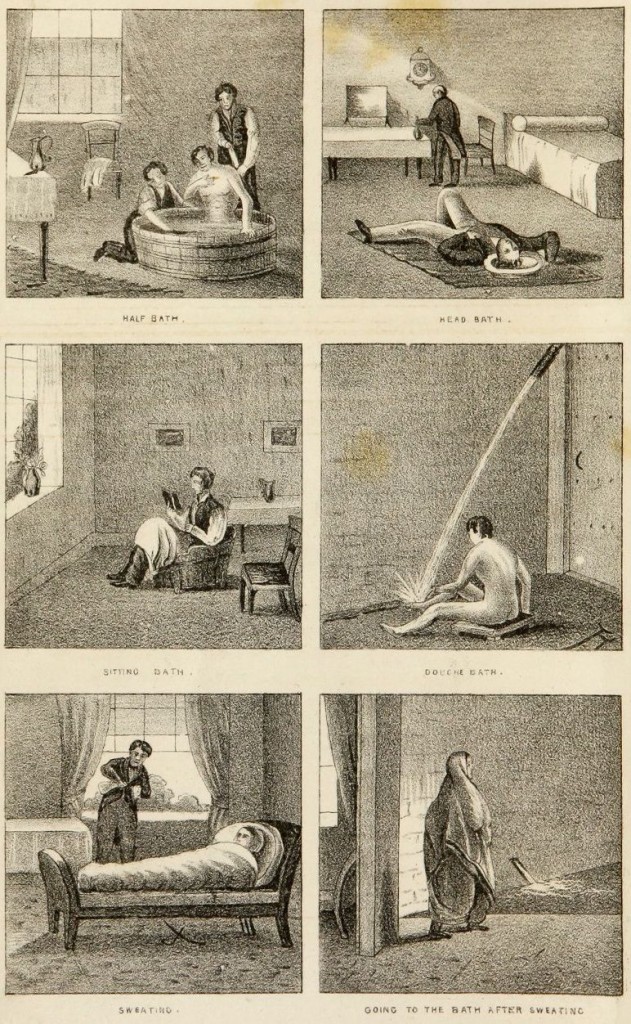
Perceived benefits were most likely due less to the watery aspects of Gully’s therapy, and more to the generally healthy context of their delivery. Plain eating, abstention from alcohol, and daily exercise in a calming environment could do a lot for a bloated Victorian gentleman. But that didn’t stop Gully and like-minded advocates publishing elaborate treatises and supposedly affirmative case studies4 directly linking water therapy to the cure of all kinds of disease.
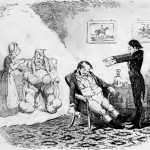 Darwin hung in with Gully’s ideas for years before concluding any benefit was limited and purely psychosomatic. He never bought into homeopathy, and seems to have gone along with the more spiritual add-ons from Gully’s palette to keep their relationship. Darwin was open to new ideas, but he always judged them against the standard of reason.
Darwin hung in with Gully’s ideas for years before concluding any benefit was limited and purely psychosomatic. He never bought into homeopathy, and seems to have gone along with the more spiritual add-ons from Gully’s palette to keep their relationship. Darwin was open to new ideas, but he always judged them against the standard of reason.
Annie was a special favourite among Darwin’s children, and her death took a lasting toll on his mental state. The poignant memorial he wrote to Annie is here at the Darwin Correspondence Project5
Annie’s story also formed the background to the movie Creation (my earlier review here), with Paul Bettany as Darwin, Jennifer Connelly as his wife Emma, and Bill Paterson as Dr Gully. The film, based on Darwin’s descendent Randal Keynes’s book Annie’s Box, is worth watching if you can forgive a bit of historical license-taking (for one thing, Darwin’s other children don’t age through a series of flashbacks involving Annie). Also, note that the town where they shoot the Malvern scenes, which I can now vouch has the feel of the place, is actually Bedford-on-Avon).
References
1. The Mystery of Darwin’s Ill Health. The Darwin Correspondence Project
2. Darwin, Desmond and Moore, Pub.Michael Joseph, 1991, p.384
3. Hydropathy, or, The water-cure: its principles, modes of treatment, &c., illustrated with many cases : compiled chiefly from the most eminent English authors on the subject. Shew, Joel, 1816-1855. New York : Wiley & Putnam, 1844. Link to text at U.S. Library of Medicine here.
4. The Water Cure in Chronic Disease. James Manby Gully, M.D., 1850, John Churchill, London
5. The death of Anne Elizabeth Darwin. The Darwin Correspondence Project
6. Note on the IHS monogram here at History from Headstones
Clairvoyance cartoon from George Cruikshank’s Table Book, 1845
 Think I’ve stumbled upon what is fundamentally wrong with UK STEM policy, at least for the Maths bit. We’re not raising mathematicians correctly.
Think I’ve stumbled upon what is fundamentally wrong with UK STEM policy, at least for the Maths bit. We’re not raising mathematicians correctly.
In ‘The First Men in the Moon‘, H.G. Wells shares with us how the Selenite moon people got it right – over a century ago:
“If, for example, a Selenite is destined to be a mathematician, his teachers and trainers set out at once to that end. They check any incipient disposition to other pursuits, they encourage his mathematical bias with a perfect psychological skill. His brain grows, or at least the mathematical faculties of his brain grow, and the rest of him only so much as is necessary to sustain this essential part of him. At last, save for rest and food, his one delight lies in the exercise and display of his faculty, his one interest in its application, his sole society with other specialists in his own line. His brain grows continually larger, at least so far as the portions engaging in mathematics are concerned; they bulge ever larger and seem to suck all life and vigour from the rest of his frame. His limbs shrivel, his heart and digestive organs diminish, his insect face is hidden under its bulging contours. His voice becomes a mere stridulation for the stating of formula; he seems deaf to all but properly enunciated problems. The faculty of laughter, save for the sudden discovery of some paradox, is lost to him; his deepest emotion is the evolution of a novel computation. And so he attains his end.”
The film Creation went on general release in the UK today, and as I’m just back from a lunchtime viewing, here are a few thoughts on the movie while it’s still fresh in my mind.

To cut to the chase: enjoyable film, with great performances from Paul Bettany as Charles Darwin and Jennifer Connelly as his wife Emma. I’m giving it 4 out of 5 stars.
Very odd start though. I arrived at 12.10 for a 12.15 showing and had the theatre entirely to myself. By 12.30 ish, when the ads were over, the final audience had grown to six people. I know most folk can’t just knock off for the afternoon, but I found it surprising all the same; clearly not one for the pensioners.
I’ve made a point of not reading most of the Creation reviews already out there; just one or two quickly once over. So I’m relatively untainted but sufficiently informed to pick up on some of the obvious criticisms.
One of those criticisms has concerned the film’s factual accuracy. But as few viewers will have read the various biographies and letters, it strikes me that the emphasis should be more on identifying only serious material misrepresentations – and overall I don’t believe there are any (an exception is Huxley’s character – read on).
I was pleased to see certain events included: the failure to ‘civilise’ the Fuegan kids, the water cures, the influence of Hooker & Huxley, Darwin’s animosity with his local church, and Wallace’s letter.
At times though, I felt some incidents and issues had been slotted in because they had to be there – as if the director had a check list of ‘leave that out and the Darwin aficionados will play hell’. That’s how I felt about Huxley’s appearance anyhow. Arguably, Huxley came in to his own in the affairs of the Origin only after its publication – exactly the point at which this film ends. But the filmmakers have done T.H. an injustice all the same; the take-away impression of the man is just wrong. Richard Dawkins wasn’t overjoyed with the portrayal, and I can see why; the character is out of kilter with the historic record, and may as well have worn a ‘new atheist’ sash. (I find New Atheist a silly term; what is an old atheist? – Quiet?). Intellectually, the portrayal is overly one-dimensional and aggressive. Physically, Toby Jones is too short to portray a man whose height and presence in reality matched his intellect. They got Hooker’s whiskers down to a tee, so why not Huxley?
The core narrative revolves around Charles’s relationship with, and thoughts about, his daughter Annie. I don’t know the actor who played Annie, but she has an obvious future in Hollywood. We don’t get to know the other children anything like so closely as we do Annie; and the intellectual, as well as emotional, bond between Annie and Darwin is particularly well developed. There is something of the co-conspirator about Annie – a sense of allegiance lacking in Emma until a reluctant appearance in the final scenes.
The various ghost sequences have been criticised, but again, I just saw these as a device to illustrate Darwin’s pre-occupation. I don’t think he actually ran about the streets chasing his dead daughter (but please correct me if you know different).
All the themes in the movie ultimately link back to the Origin and what it stands for. One of the more human incarnations of that influence is the Emma – Charles relationship. Here I’d liked to have seen Emma’s philosophy explored a little more – even if the detailed story-line were credibly fabricated (biographers do this all the time). I guess we can never know someone’s innermost thoughts on life, the universe, and everything – no matter how many letters we read; but I felt the middle ground that our two protagonists must have found could have stood a little more exploration.
And never mind the movie, I find this theme of different fundamental philosophies within a relationship fascinating. I wonder how many couples today mirror Charles and Emma? This is a personal blog, so I can say that I would, for example, find it challenging at best to live with a partner who I knew was going to hell. That said, I have friends in atheist/Christian marriages who appear to get on just fine.
Which brings us to the big issue: is there a conflict between science and religion? Back to Huxley, I suspect the director intentionally set him up as the fall guy on this score; he can safely be hated for his total lack of religious accommodation early on in the film. Hooker does pop up now and again to reinforce the atheist line (the word is not used – nor is Huxley’s later derived ‘agnostic’), but never with Huxley’s brand of enthusiastic venom.
So what will a religious person make of this movie? After all, wasn’t it the possible religious reaction, and associated reduction in box-office $, that was behind the recent stink over US distribution (the film now has a US distributor).
There is nothing in Creation more offensive than a portrayal of the facts of evolution as they were understood in Darwin’s day. And Darwin’s encounter with Jenny the orangutan, which is beautifully represented in the film (well it’s not really acting is it) leaves little more to be said on the question of our own evolution. I’m not about to dive into a lengthy science-religion debate, suffice to say my position is that there are elements of religion as defined by some that are – on the evidence – incompatible with some definitions of science; and that the science-religion debate is an important one with practical consequences for us all.
God’s official in Creation, the local vicar, is played by Jeremy Northam. In one memorable scene, Northam tries to comfort Darwin in his torn anguish, which only sparks a sarcastic tirade from Darwin on the delights of the God-designed parasitic wasp larvae and the burrowing habits of intestinal worms. Northam’s sincerity and Bettany’s losing his temper are both convincing.
I live within an hour’s drive of the real Down House, and know it pretty well. While the house in the movie was not Down, the exterior feel – with large bay windows and patio doors opening to the garden captures the right flavour.
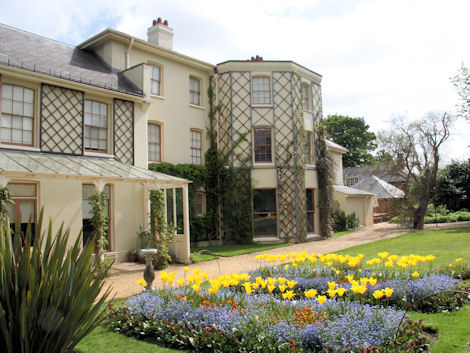
The study has a similar feel to English Heritage’s reproduction of the real thing at Down – even down to Darwin’s screened-off privy. Likewise, the lounge and dining room, while never visible in wide-shot, have an attractive homely ambiance. The village road and church scenes are consistent with the feel of the real Down.
It’s not the end of the world, but a sandwalk scene was noticeable by its absence. The sandwalk for those who don’t know it is a gravelly path leading into the woods near Down House. I tend to imagine Darwin pacing down the sandwalk, under the trees or sheltering from the rain; to be sure – it’s a nice spot for thinking.

To wind up, this movie contains all the main factual, scientific, cultural, and emotional elements I associate with Darwin in this important period in his life. Issues around the compatibility of science and religion are met head on through illustration (if a little caricatured) rather than tedious debate, and we get to see the human, sensitive and fragile side of a scientist.
There is plenty here to enjoy in the theatre, but also much to take home and mull over – with your partner perhaps :-).
Go see it ! 4/5.
A couple of months back I blogged about a ‘science and society’ project that two colleagues and I undertook at Imperial College.
It involved asking people to draw what they thought was important in science today and provide a voice commentary while they drew. To make the product a little more interesting, we took the resulting sketches, painted them up a bit, and joined them in the manner of the Surrealist technique known as ‘Exquisite Corpse’. You can refer to the original post here for more details and some analysis of the result. That post included only a static picture; but by popular request I’m here posting the full (10 mins) movie version with sound. See what you think.
The Exquisite Corpse of Science from Tim Jones on Vimeo.
Yesterday evening I spent three hours in one of the 850 theatres in 28 countries that were screening John Adams’s opera Dr Atomic , live from the Metropolitan Opera in New York.

I thoroughly enjoyed this modern opera. Set around the first U.S. atomic bomb tests in 1945, Dr Atomic explores the tensions, dilemmas, and decisions that occupied the minds of J.Robert Oppenheimer, his wife, and his project Trinity associates in the weeks, hours, and seconds leading up to the world’s first nuclear detonation.
Lines taken directly from declassified documents lent authenticity. As did a suitably sinister Atom Bomb, it’s crude complexity resembling a lash-up from a PhD lab, but radiating a pawl of edgy doom as it hung center stage.
Memorable moments along the way included the team’s sweepstake on expected explosive yield; Oppenheimer’s conservative estimate of 3kT (TNT equivalent) perhaps betraying a wishful regret that would later turn into his consuming guilt. And the other scientists, reluctant to put their money where their calculations had taken them – so massive, other, and beyond intuition were the predictions.
We also saw the quintessential moral dilemma that faces most if not all scientists at some point. When to speak up, protest, do-the-right-thing; take and act on the responsibility that knowledge has both blessed and damned you with.
Predictably, the finale was charged with tension and poignancy. The begoggled cast stared into the audience/horizon for what seemed an eternity – as the minutes, then seconds, counted down to the detonation itself. In the final seconds, a translucent curtain descended between audience and stage with the typewritten words “give me some water” and we heard the stuttering voice of a Japanese child.
Yesterday evening I joined the British Film Institute’s ‘BFI 75 – A Story in Pictures’ on London’s South Bank, celebrating 75 years of film and TV culture through a mix of archive clips and interviews.
The evening was hugely enjoyable. What a delight to see Leslie Phillips, beloved of the Doctor and Carry-On films, take up the microphone with his trade mark saucy “Hello” . And to be transported back to 1901 with big screen footage from the Mitchell and Kenyon archive, beautifully restored, complete with live piano accompaniment.
Science and technology was represented by films about the railways and telephony. From John Grierson’s GPO Film Unit, that produced industry and transport films in the 1930s, was a sequence from ‘The Fairy of the Phone’, a fantasy involving female telephonists singing and standing atop telegraph poles.
Ironically, given the light coverage of science in the main program, later discussions and guest commentaries addressed the role of technology for enabling positive change in the industry, like the accessibility of professional quality, low cost, equipment. More exotically, Frank Skinner looked forward to a cinema world of wrap-around 3D, while another pundit held out for the holy grail of odorama (a low tech scratch ‘n’ sniff version has been done).
For further Reading on science in documentary film and T.V. See Timothy Boon’s Films of Fact: A History of Science Documentary on Film and Television